Retro Replay Review
Gameplay
Elvira: Mistress of the Dark delivers a compelling blend of RPG mechanics and adventure exploration, all viewed through a first-person perspective that immerses you in the dark corridors of the haunted castle. From the moment you step into the grim halls, you’re tasked with locating six special keys scattered across multiple levels. These keys unlock the path to a magical dagger and scroll—essential tools for your ultimate confrontation with Lady Emelda. Each search is fraught with tension as you navigate twisting passageways, guardrooms, and hidden chambers.
(HEY YOU!! We hope you enjoy! We try not to run ads. So basically, this is a very expensive hobby running this site. Please consider joining us for updates, forums, and more. Network w/ us to make some cash or friends while retro gaming, and you can win some free retro games for posting. Okay, carry on 👍)
The game’s real-time combat system demands precise timing and keen reflexes. You must judge when to swing your weapon and when to raise your shield, or risk being overwhelmed by undead creatures, bewitched knights, and other nightmarish foes. This dynamic approach elevates every skirmish from a simple click-fest to a test of skill and patience. Equipping the right weapon for each encounter and learning enemy patterns become crucial strategies for survival.
Beyond combat, Elvira emphasizes resource management and alchemy. Scattered throughout the castle and its surroundings are myriad items—herbs, reagents, and curiosities—that can be combined into powerful spells and potent potions. However, you cannot brew these concoctions yourself; you must collect ingredients and seek out Elvira, who resides primarily in the castle’s kitchen. This requirement encourages thoughtful exploration and interaction, forging a unique partnership between player and NPC.
Exploration is further enriched by hidden secrets and environmental puzzles. Tapestries might conceal secret doors, while inscriptions on ancient walls hint at trap mechanisms or treasure caches. Solving these puzzles often yields health restoratives, mana-boosting elixirs, or rare artifacts, rewarding players who take the time to comb every corner. The gradual accumulation of resources and knowledge makes each step closer to Lady Emelda feel earned and meaningful.
Graphics
For its era, Elvira’s graphics deliver a strikingly atmospheric presentation. The richly painted backgrounds of the castle corridors, crypts, and libraries evoke a genuine sense of dread. Muted color palettes of grays, browns, and sickly greens dominate the scene, amplifying the gothic horror theme. Flickering torches cast dancing shadows, while distant skulls and cobwebs remind you that danger is ever-present.
Character sprites and enemy models, though limited by the hardware of the time, are designed with considerable care. Skeletons rattle menacingly, zombies lurch forward with outstretched arms, and armored knights glint ominously as they charge. Each creature’s death animation is surprisingly varied: some disintegrate into dust, others explode in gory bursts, and a few collapse into heaps of bone. These diverse sequences not only add visual flair but also cushion the blow of repeated failures with a dark sense of humor.
Environmental details contribute significantly to immersion. Ancient suits of armor stand sentinel in side rooms, dusty tomes line the shelves of forgotten studies, and broken statues litter the floors of ill-fated chambers. Even the kitchen where Elvira concocts her potions feels lived-in, complete with bubbling cauldrons and stray broom handles—remnants of a heroine temporarily at rest. These touches reinforce the game world’s believability and encourage players to linger and observe.
While modern gamers might find the resolution and frame rate below today’s standards, the artistic direction compensates by fueling the imagination. The interplay of light and shadow makes every turn unpredictable. Occasional graphical glitches or repetitive textures become part of the castle’s unsettling charm, as if the very architecture is decaying around you.
Story
At its heart, Elvira: Mistress of the Dark weaves a classic horror narrative steeped in supernatural intrigue. The plot is straightforward yet effective: Lady Emelda’s dark magic has captured Elvira, chaining her within the castle walls. You, as the unnamed protagonist, must thwart Emelda’s plans by retrieving the magical dagger and ancient scroll. This quest briefly recalls iconic horror tropes—damsel in distress, evil sorceress, and enchanted artifacts—but the execution feels fresh thanks to interactive elements.
Elvira herself is more than a mere plot device. Through occasional dialogues and off-screen guidance, she offers quips, warnings, and occasional sass. Her presence in the kitchen is both a sanctuary—where you can rest and brew potions—and a reminder of what you fight for. The interplay between player and Elvira fosters a modest emotional connection, motivating you to persevere against mounting odds.
Lady Emelda emerges as a worthy antagonist. Although her on-screen appearances are limited until the final showdown, ambient storytelling hints at her malevolent reach. Arcane symbols etched into walls, frantic journal entries from previous victims, and eerie sound effects build a palpable sense of dread. By the time Emelda finally confronts you, the narrative tension has reached a fever pitch, making the climactic duel a truly satisfying payoff.
Subplots and environmental cues enrich the overall lore. Hidden scroll fragments detail the castle’s cursed history, while conversations with wandering spirits reveal tragic backstories of tormented souls. These elements don’t merely pad playtime; they reward curious players who piece together the castle’s dark secrets, yielding a more profound appreciation of the central conflict.
Overall Experience
Elvira: Mistress of the Dark may show its age in some technical aspects, but its core design remains compelling. The fusion of real-time combat and RPG exploration strikes a finely tuned balance between challenge and reward. Each victory, whether it’s finding a hidden key or defeating a skeletal knight, feels earned and drives you deeper into the castle’s mysteries.
The game’s atmospheric design—from haunting melodies to chilling death sequences—creates an immersive, if occasionally unnerving, experience. Unique death animations add a macabre sense of levity to each demise, encouraging you to persevere even when the castle’s horrors seem insurmountable. These creative flourishes keep frustration at bay and constantly remind you of the stakes at hand.
While modern titles often boast seamless graphics and voice acting, Elvira’s enduring appeal lies in its ability to ignite the imagination. The first-person vantage point, combined with carefully crafted visuals and sound, allows you to project your own fears and expectations onto the haunted surroundings. It’s a testament to the game’s design that it can still send shivers down the spine decades after its release.
For fans of gothic horror and classic RPG adventures, Elvira offers a uniquely satisfying journey. The blend of exploration, resource management, and timed combat creates a play loop that remains engaging from the initial foray into the castle to the dramatic final confrontation. If you’re seeking a game that challenges your wits, rewards careful observation, and immerses you in a hauntingly atmospheric world, Elvira: Mistress of the Dark is a must-add to your collection.
 Retro Replay Retro Replay gaming reviews, news, emulation, geek stuff and more!
Retro Replay Retro Replay gaming reviews, news, emulation, geek stuff and more!
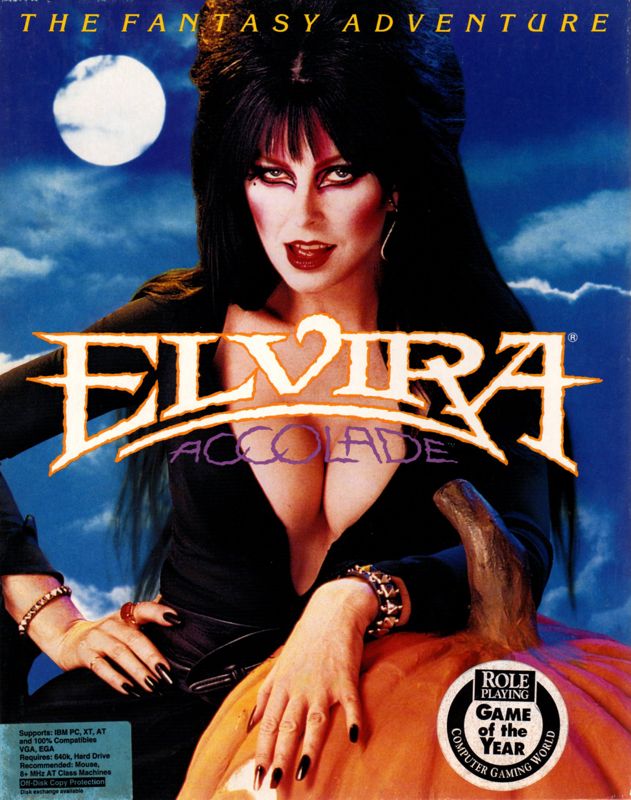
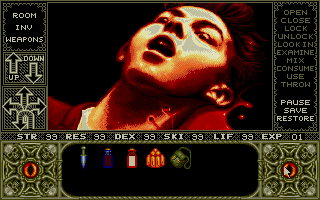
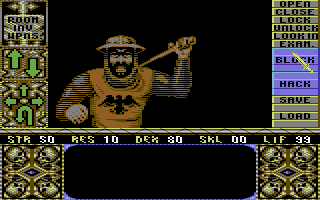
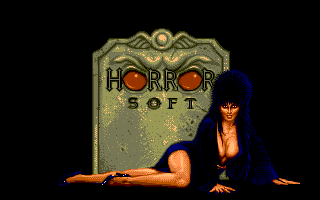

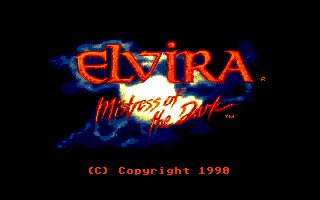



Reviews
There are no reviews yet.